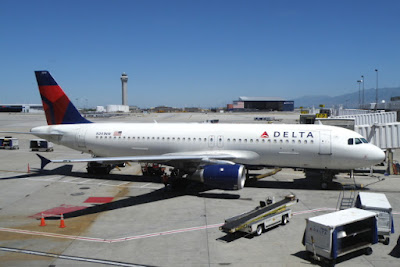J-Air [XM/JLJ], the wholly-owned commuter arm of Japan Airlines [JL/JAL], flew three Bombardier CL-600-2B19 CRJ-200ER aircraft for up to six months without inspections being carried out on engine-related parts, JAL officials said on June 24th. In order to carry out the checks, the regional airline on June 24th canceled 23 flights affecting 807 passengers, though there were no disruptions the following day.
The three aircraft in concern are CRJ-200ERs JA207J, JA208J, and JA209J, which were delivered in October 2005, December 2005, and March 2006, respectively. The airplanes' structural parts supporting the engines were required for inspection when they reached 22,145 cycles, and once every 11,773 cycles thereafter. However, they went unnoticed without one for up 2,178 flights, or six months. All necessary checks, which found no flaws, were carried out on the night of June 24th.
Technical personnel noticed the three aircraft had missed the check-up when they were updating their maintenance system. Their six other CRJ-200ERs in its fleet are unaffected. J-Air is investigating why it failed to conduct the inspection.
Source: Aviation Wire, June 24th. (in Japanese)
 |
| Bombardier CL-600-2B19 CRJ-200ER JA205J at New Chitose serving Sapporo. Deliveries of newer Embraer E-Jets will start later in 2015 to replace CRJs, though J-Air's entire fleet will eventually be standardized on the Mitsubishi MRJ (JAL orders 32 Mitsubishi MRJs and 27 Embraer E-Jets.). (Photo: Ryosuke Yano) |
The three aircraft in concern are CRJ-200ERs JA207J, JA208J, and JA209J, which were delivered in October 2005, December 2005, and March 2006, respectively. The airplanes' structural parts supporting the engines were required for inspection when they reached 22,145 cycles, and once every 11,773 cycles thereafter. However, they went unnoticed without one for up 2,178 flights, or six months. All necessary checks, which found no flaws, were carried out on the night of June 24th.
Technical personnel noticed the three aircraft had missed the check-up when they were updating their maintenance system. Their six other CRJ-200ERs in its fleet are unaffected. J-Air is investigating why it failed to conduct the inspection.
Source: Aviation Wire, June 24th. (in Japanese)



















